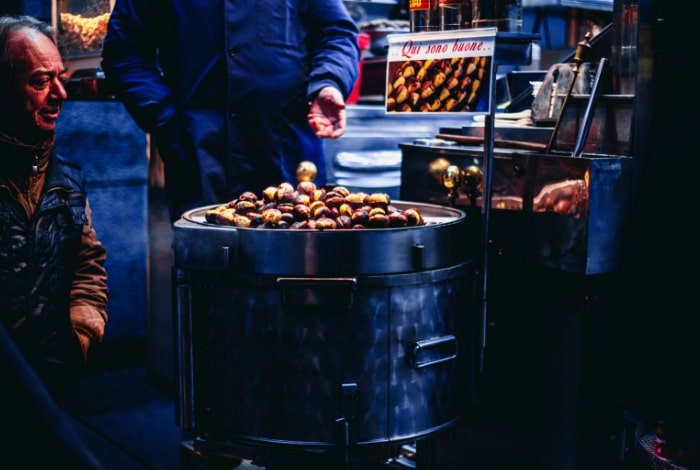
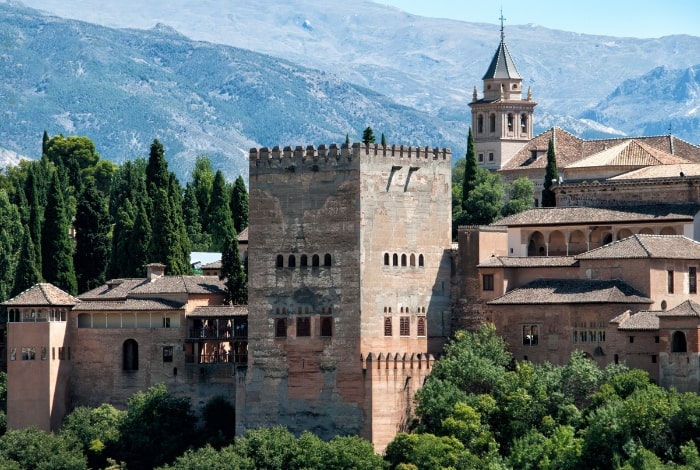
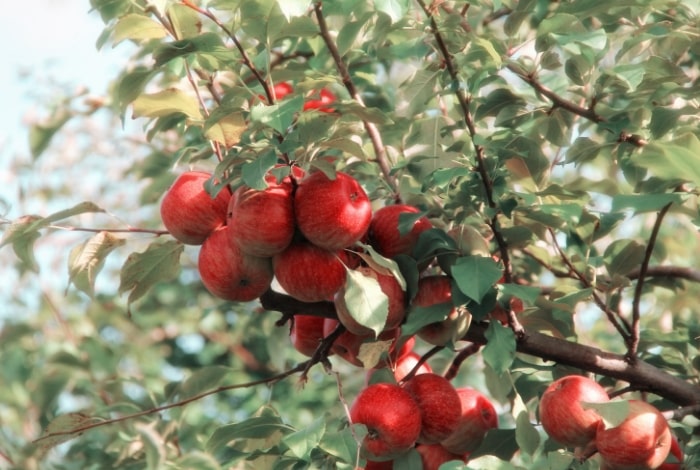
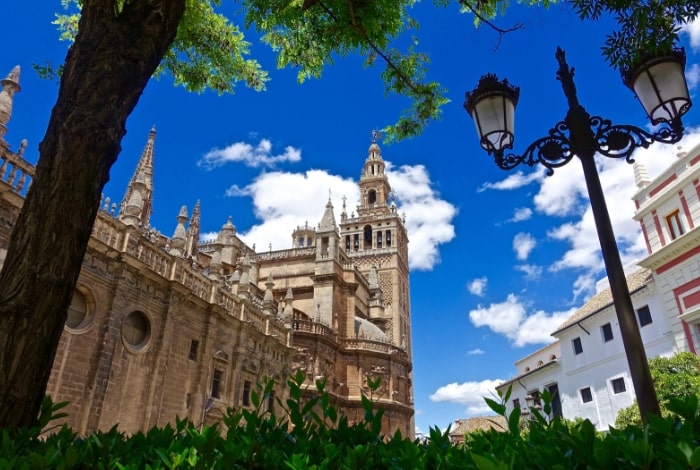
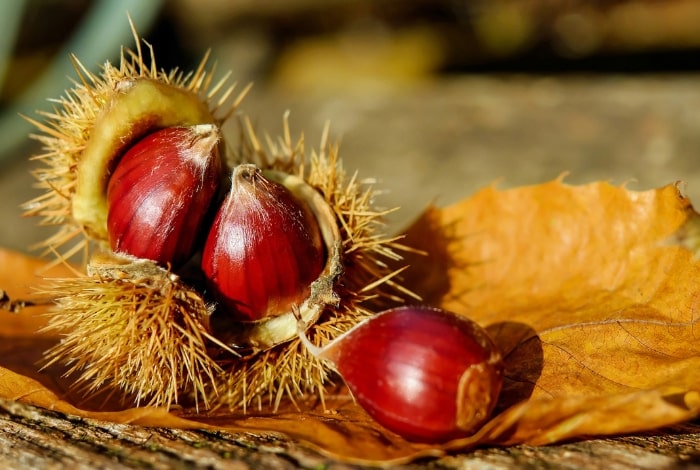
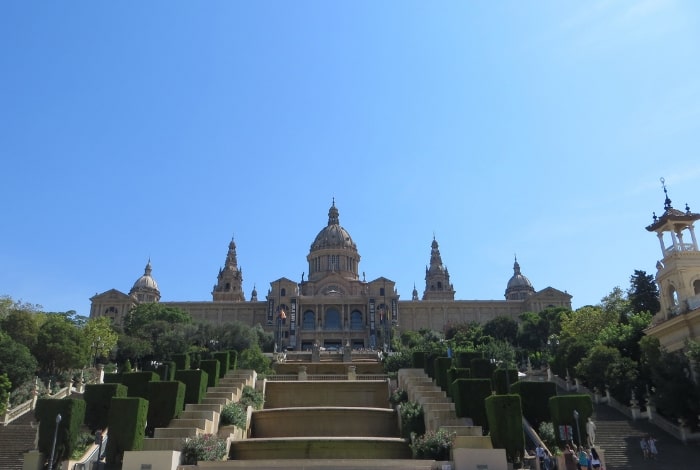
What to Expect
In the Asturian version of the festival, amagüestu, chestnut and apple harvest are celebrated together. People drink sweet Spanish cider around the fire, where the chestnuts are roasted, and dance traditional Asturian dances.
Autumn is the season for chestnuts in many parts of Spain. Particularly in the north, many regions host versions of the castañada festival to celebrate the harvest of these humble nuts.
With its prickly shell and sweet aroma, the chestnut has a history on the Iberian Peninsula stretching back to the ancient Romans. The European sweet chestnut tree grows well in Spain’s hilly western interior and in parts of the north, so before the arrival of maize and potatoes from the Americas in the 16th century, chestnuts were an important part of the traditional Spanish diet.
Sign up today! We will send you the latest orchard tours, travel tips, fruity recipes and more...
